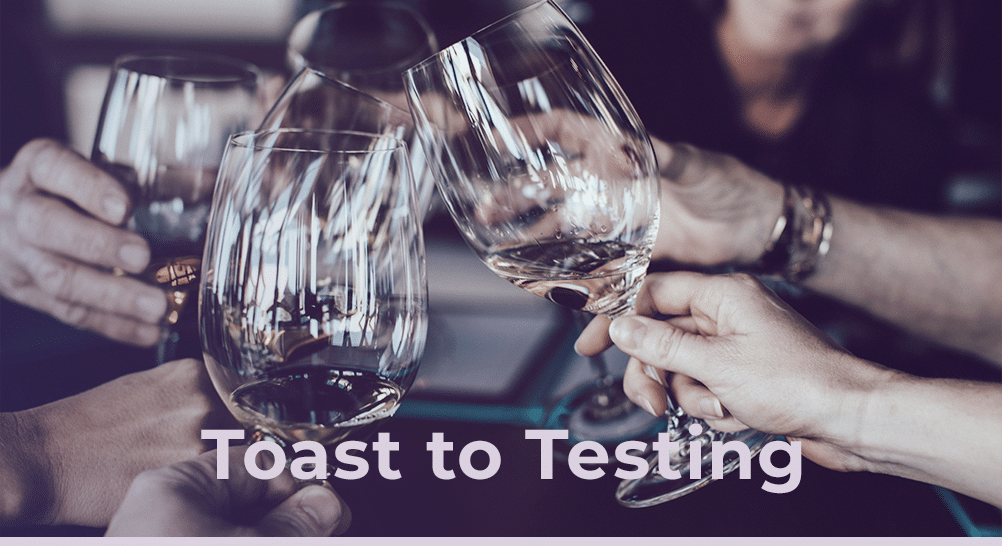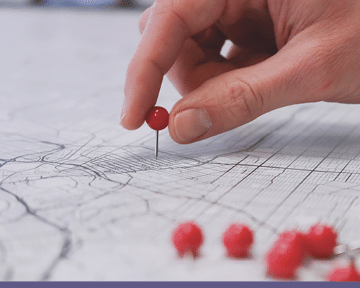Navigating the Modern Retail Landscape
In today’s rapidly evolving retail environment, staying ahead requires more than intuition—it demands data-driven decisions. Retailers, grocers, and convenience stores face constant challenges: shifting consumer behaviors, technological advancements, and fierce competition. To thrive, these businesses must adopt strategies that allow for agility and informed decision-making. Enter the “test and learn” approach—a methodology that enables retailers to experiment, analyze, and implement changes with confidence.
Understanding Test and Learn
At its core, test and learn is a systematic approach to experimentation. It involves implementing changes—be it in pricing, promotions, store layouts, or technologies—in a controlled environment to assess their impact before a full-scale rollout. This strategy minimizes risks and ensures that decisions are backed by empirical evidence.
Key Components:
- Hypothesis Formation: Identify a specific change or initiative to test.
- Controlled Testing: Implement the change in a select group of stores or markets.
- Data Collection: Gather quantitative and qualitative data to measure impact.
- Analysis and Learning: Interpret the results to determine effectiveness.
- Scaling or Iteration: Decide whether to roll out the change broadly or refine the approach.
Real-World Applications in Retail
1. Pricing Strategies
Dynamic pricing is a critical aspect of retail profitability. By employing test and learn, retailers can experiment with different pricing models in specific locations or customer segments to gauge reactions and optimize margins.
Example: A grocery chain might test a slight price increase on a popular item in urban stores while maintaining the original price in rural locations. By analyzing sales data, customer feedback, and competitor pricing, the retailer can determine the optimal pricing strategy for each market.
2. Promotional Campaigns
Promotions are essential for driving sales and attracting customers. However, not all promotions yield positive returns. Through test and learn, retailers can assess the effectiveness of various promotional tactics before committing significant resources.
Example: A convenience store chain might test a “buy one, get one free” offer on snacks in select stores. By comparing sales data and customer engagement metrics with control stores, the chain can evaluate the promotion’s success and decide on broader implementation.
3. Store Layout Optimization
The physical arrangement of a store significantly influences shopping behavior. Test and learn allows retailers to experiment with different layouts to enhance customer experience and increase sales.
Example: A supermarket may test relocating the bakery section to the front of the store in a few locations. By monitoring changes in foot traffic, sales, and customer feedback, the retailer can assess the impact of the new layout.
4. Technology Integration
Adopting new technologies can improve efficiency and customer satisfaction. However, implementing untested technologies across all stores can be risky. Test and learn enables retailers to pilot technologies in controlled settings.
Example: A retailer might introduce self-checkout kiosks in a handful of stores. By analyzing usage rates, transaction times, and customer satisfaction, the retailer can make informed decisions about wider adoption.
Benefits of the Test and Learn Approach
- Risk Mitigation: By testing changes on a small scale, retailers can avoid costly mistakes.
- Data-Driven Decisions: Empirical evidence guides strategy, reducing reliance on assumptions.
- Customer-Centricity: Understanding customer responses ensures that changes align with preferences.
- Agility: Quick iterations allow retailers to adapt to market trends and feedback promptly.
Implementing Test and Learn: Best Practices
1. Define Clear Objectives
Before initiating a test, establish specific goals and success metrics. This clarity ensures focused experimentation and meaningful analysis.
2. Select Appropriate Test Groups
Choose test and control groups that are comparable in demographics, sales patterns, and other relevant factors to ensure valid comparisons.
3. Monitor and Analyze Data Rigorously
Collect comprehensive data throughout the testing phase. Use statistical methods to analyze results, ensuring that conclusions are valid and actionable.
4. Communicate Findings Across the Organization
Share insights and learnings with relevant stakeholders. This transparency fosters a culture of continuous improvement and collaboration.
Challenges and Considerations
- Resource Allocation: Testing requires time, personnel, and financial investment.
- Change Management: Employees and customers may resist changes, even on a small scale.
- Data Complexity: Interpreting results accurately necessitates expertise in data analysis.
Conclusion: Embracing a Culture of Experimentation
Test and learn is more than a strategy—it’s a mindset that prioritizes evidence-based decision-making and continuous improvement. By embracing this approach, retailers, grocers, and convenience stores can navigate the complexities of the modern market with confidence, agility, and a customer-centric focus.




